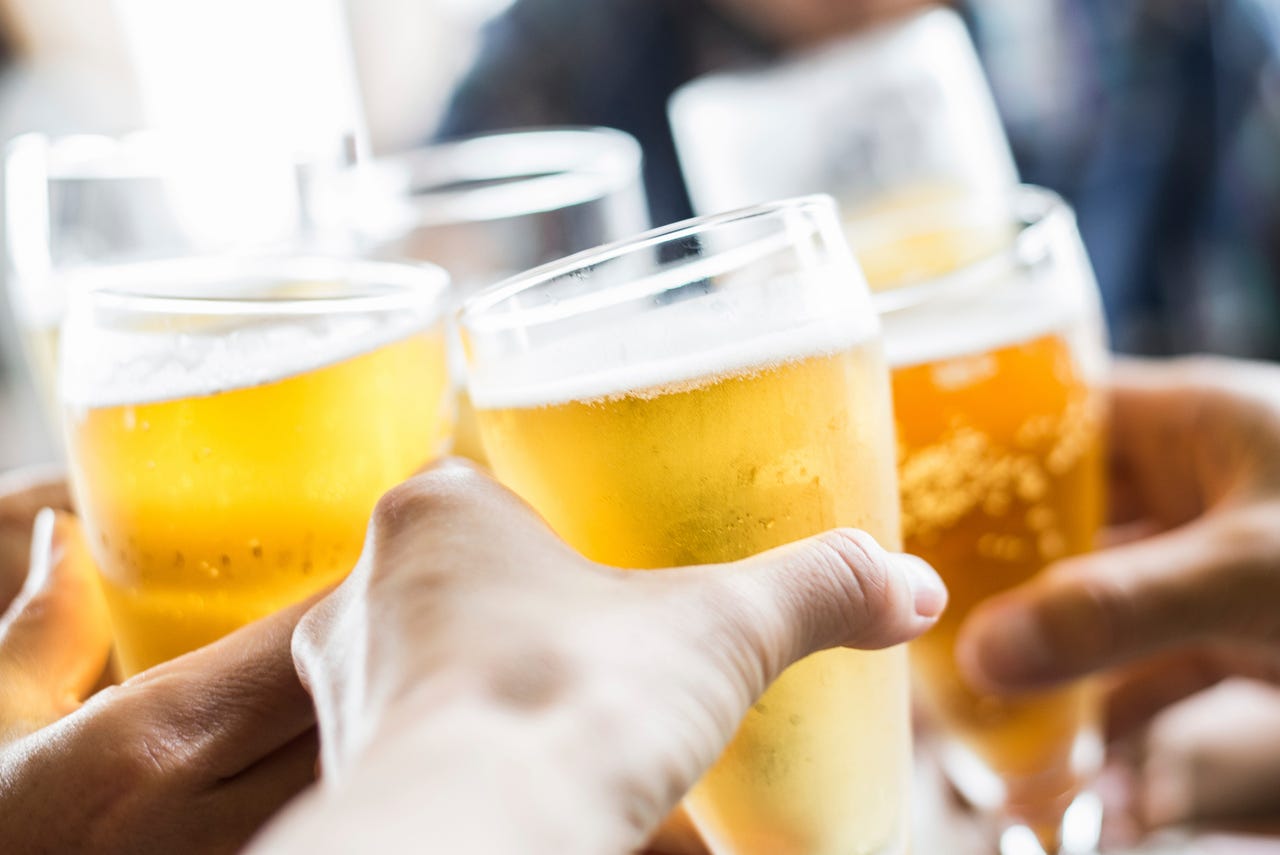Researchers claim quantum computing breakthrough, explain it using beer


Coherence time is a measure of how far you can carry beer across a crowded pub without spilling it.
Researchers at the University of Manchester say they have taken a step forward in the development of useful quantum computers.
A team from the university has shown that large molecules made of nickel and chromium could store and process information in the same way bytes do in standard digital computers.
While standard digital computers organize and store information in the form of bits using long chains of 0s and 1s, quantum computers are designed around using qubits, which can be 1, 0, or any 'superposition' between those numbers at the same time. This should allow quantum computers to easily answer questions that today's computers find all but impossible (including potentially cracking strong encryption).
The big problem for quantum computing, the researchers said, is that large collections of qubits stable enough to "perform useful algorithms" do not exist -- yet.
But the Manchester team said their algorithm designs address this, combining large molecules to create both two qubits and a bridge between the units, called a quantum gate. These gates are held together through supramolecular chemistry.
"We have shown that the chemistry is achievable for bringing together two-qubit gates -- the molecules can be made, and the gates can be assembled," explained senior author Professor Richard Winpenny, an inorganic chemist at the university. "The next step is to show that they work."
Studies of the gates show that the quantum information stored in the individual qubits is stored long enough -- the so-called coherence time -- to allow the information to be manipulated.
Winpenny said the research showed that connecting these individual qubits doesn't change this coherence time, describing the concept using an analogy close to the heart of many students.
"Say you're in a pub and you're trying to bring two pints of beer back to your friends, but the pub is filled with customers who are singing, jumping around, and dancing -- the coherence time is a measure of how far you can get the beer without spilling it."
"You want the bar to be very well behaved and very stationary so you can walk through the pub and get back to the table, just like we want the qubits to be stable long enough so we can store and manipulate information," said the professor.
This work, published in the science journal Chem, was supported by the Engineering and Physical Sciences Research Council and the European Commission.